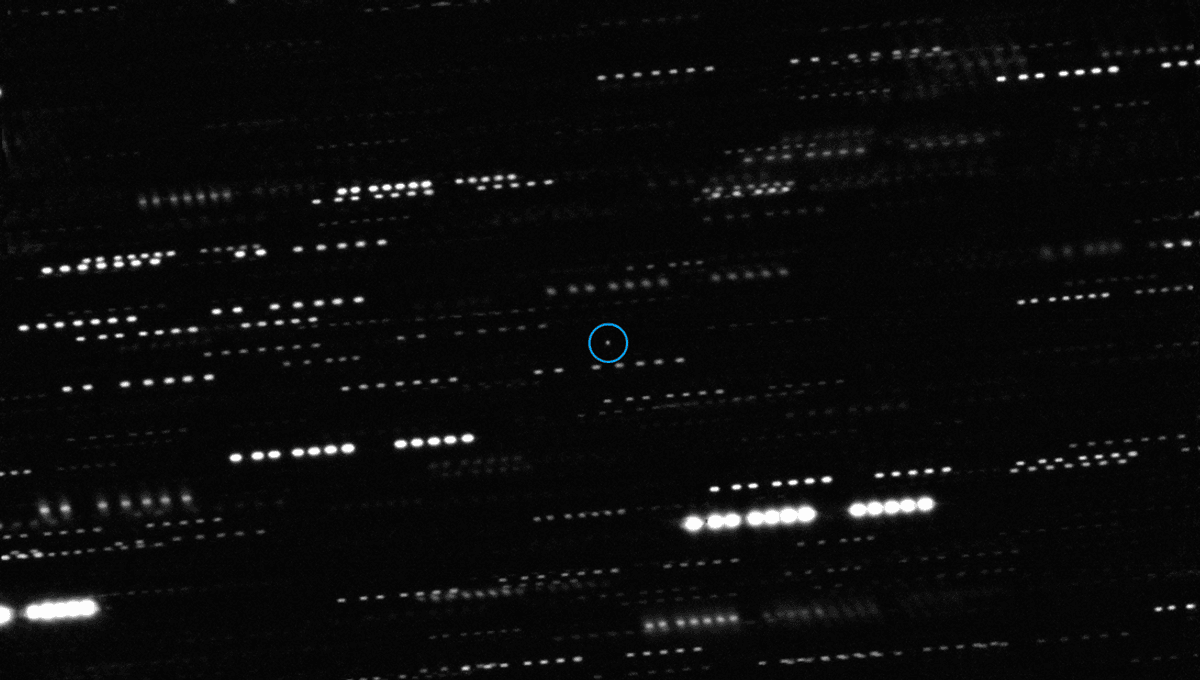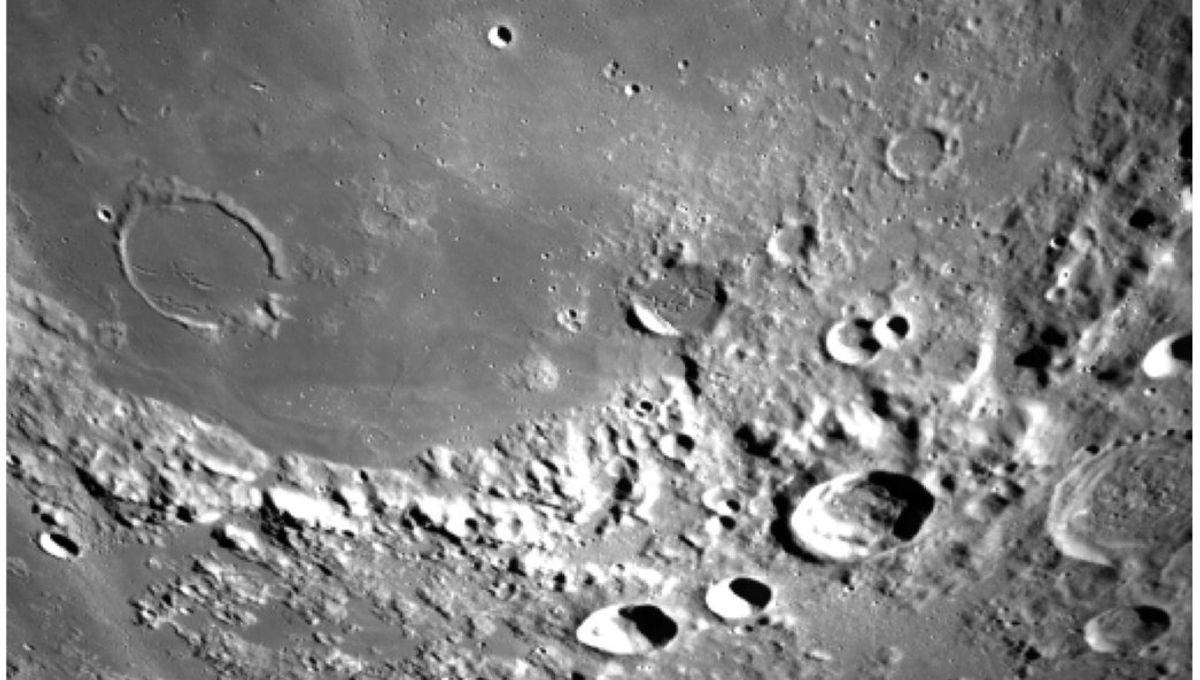Prepare to be amazed! Avi Loeb, the Harvard physicist known for his controversial beliefs about aliens visiting our Solar System, recently embarked on an extraordinary expedition in the Pacific Ocean. His mission? To search for remnants of an interstellar object that flew over Papua New Guinea in 2014.
This mysterious object, known as CNEOS 2014-01-08 or Interstellar meteor 1, caught the attention of scientists due to its unusual speed and trajectory, leading them to suspect it may have originated from beyond our solar system. In a groundbreaking announcement, the US Space Command declassified data in 2022, confirming these suspicions.
Loeb’s team, part of the Galileo Project at Harvard, dedicated to the search for alien techno-signatures, utilized a powerful magnet to scour the ocean floor in search of remnants from the interstellar object. Their efforts paid off, as they discovered approximately 700 “spherules” during their expedition. Out of these, 57 have been analyzed so far, with the results presented in a preprint paper that is yet to undergo peer review.
What makes these findings truly extraordinary is the composition of these spherules. According to Loeb, the team’s composition analysis revealed elements that have never been seen before, originating from outside our solar system. These spherules along the object’s presumed path were rich in beryllium (Be), lanthanum (La), and uranium (U), forming a unique pattern named BeLaU by cosmochemist Stein Jacobsen.
In a blog post accompanying the paper, Loeb wrote, “The measured abundances of heavy elements beyond lanthanum are consistently well beyond those of the solar system standard of CI chondrites, suggesting that ‘BeLaU’-spherules originated from outside the solar system. The source had a very low content of elements with affinity to iron, such as Rhenium (Re). The birth site of IM1 could have been a differentiated crust of an exo-planet with an iron core and a magma ocean.”
But hold on, it gets even more intriguing! Loeb couldn’t resist speculating about the possibility of alien involvement. This is nothing new for him, as he previously stirred controversy by suggesting that the interstellar object ‘Oumuamua was actually an alien space probe propelled by starlight radiation.
However, not everyone is thrilled with Loeb’s bold claims. Some scientists, like astrophysicist Steve Desch from Arizona State University, find his sensationalism detrimental to the credibility of genuine scientific research. Desch stated, “It’s polluting good science – conflating the good science we do with this ridiculous sensationalism and sucking all the oxygen out of the room.”
While the preprint paper and future analysis of the collected spherules hold the promise of exciting scientific discoveries, any claims of alien technology should be approached with skepticism until extraordinary evidence is presented. So, let’s take it all with a Pacific Ocean of salt!
You can find the preprint paper published on Harvard’s website.








